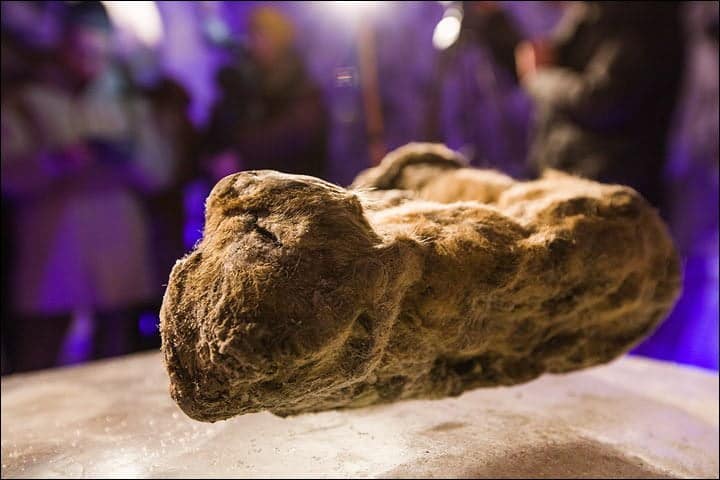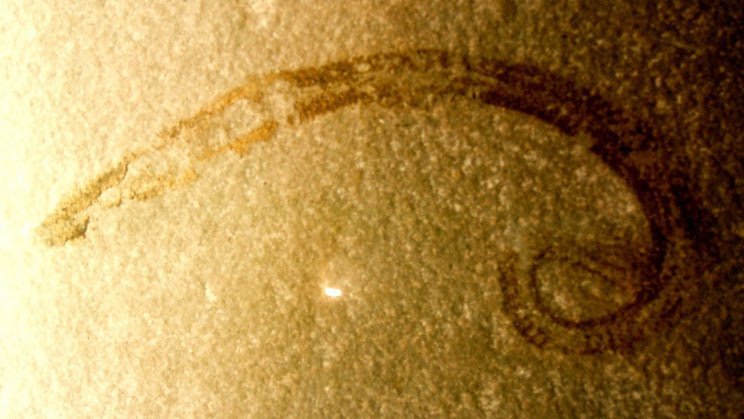Two Pleistocene-era nematodes are moving and eating normally again for the first time since they became buried in permafrost 42.000 years ago.
Part Jurassic Park, part Ice Age
A team of Russian scientists from Moscow State University, the Moscow Higher School of Economics and the Princeton Department of Geosciences thawed out the permafrost and analyzed about 300 prehistoric worms of different ages and origins.
After the procedure described in a scientific study, two of the nematodes in the group showed signs of life. According to a report from Yakutia, the area where the worms were found, “they started moving and eating.”
The “Resurrection” took place in a laboratory at the Institute of Physicochemical and Biological Problems of Soil Science in the Moscow region. The two nematodes were part of samples of Pleistocene permafrost deposits from the Kolyma River Lowland.
A few words about permafrost
In geology permafrost is cryotic earth, rock, or soil, at the freezing point of water at 0 °C (32 °F) or below for two or more years. Most permafrost is found in and around the Arctic and Antarctic regions. At lower latitudes, alpine permafrost occurs at higher elevations.
The paper
The scientific document Viable Nematodes from Late Pleistocene Permafrost of the Kolyma River Lowland was published on Evidence of Biological Sciences, a bimonthly scientific journal featuring English translations of current Russian research.
According l 'Abstract of the document, scientists have obtained the first data demonstrating the ability of multicellular organisms to keep themselves alive long-term in Arctic permafrost deposits.
What are nematodes?
Nematodes are worms. There are an estimated over one million different species of nematodes. They are the numerically most abundant animals on the planet. They can be found everywhere, from the deepest part of the ocean to the top of the highest mountain.
According to the research paper, a worm came from an ancient squirrel burrow in a permafrost wall of the Duvanny Yar outcrop in the lower reaches of the Kolyma River. The study revealed that this worm is around 32.000 years old.
Another worm found in the permafrost near the Alazeya River in early 2015 is about 41.700 years old.

Currently, these two nematodes are animals living oldest on the planet. Both are believed to be female, although some nematodes are hermaphrodites.
Worms “reviving” from permafrost: showing successful cryopreservation of species
This discovery suggests that Pleistocene nematodes have some impressive adaptive mechanisms. They may be of scientific and practical relevance to science-related fields such as cryomedicine, cryobiology and astrobiology.
It could mean the beginning of a new and fascinating scientific breakthrough towards the survival of multicellular organisms.


